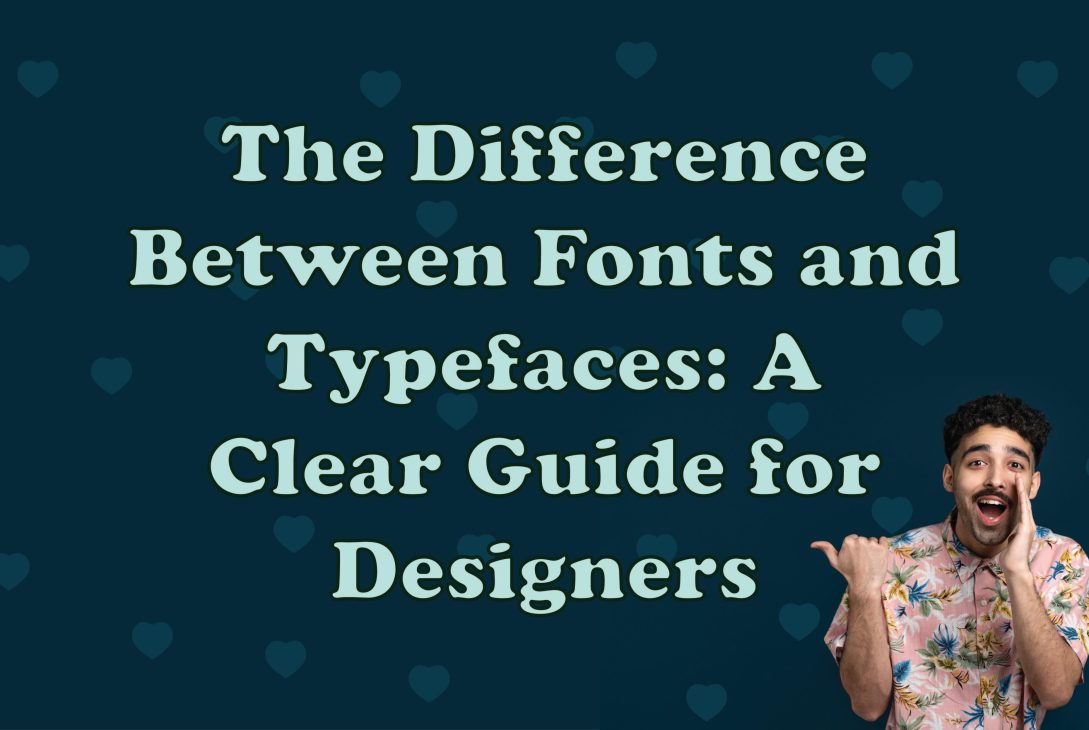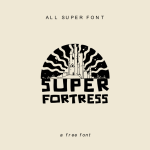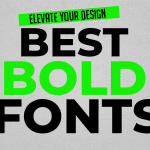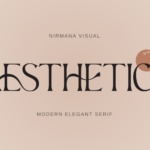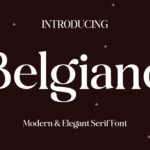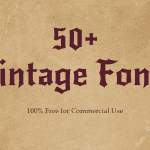People are confused between “fonts” and “typefaces,” using them interchangeably. However, they have distinct meanings. The difference between fonts and typefaces will be clarified by reading this article by Todayfonts.com
Typography
Definition: The arrangement of letters, numbers, and symbols to make text look clear and appealing is called Typography. It involves how letters and words are placed in designs.
What Is a Typeface?
Definition: The style or design of letters, numbers and symbols is called typeface. It’s how they look—like their shape, thickness, and whether they have little feet or not (like Times New Roman or Arial).

Key Points:
- Design Concept: A typeface includes the design and style of the characters.
- Family: A typeface usually has different versions, like bold or italic.
- Examples: Times New Roman, Arial, Helvetica, and Comic Sans are all typefaces. Each of these has different versions called fonts.
What Is a Font?
Definition: A specific version of a typeface including its size, weight and style is called font.
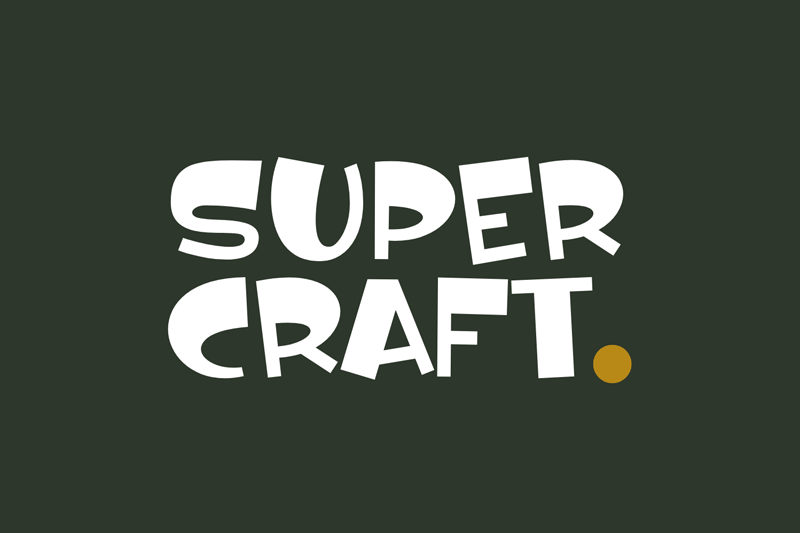
Key Points:
- Specific Style: Fonts are particular versions of a typeface, like bold, italic, or regular.
- Digital Format: In today’s digital world, fonts are files that you use in design software.
- Examples: Arial Bold, Arial Italic, Arial Regular, and Arial Black are all fonts in the Arial typeface family.
Key Differences Between Fonts and Typefaces
- Scope:
- Typeface: Refers to the overall design and look of the characters.
- Font: Refers to the specific style and size of the typeface.
- Usage:
- Typeface: Used when talking about the design style.
- Font: Used when talking about the specific style and size for practical use.
- Example Breakdown:
- Typeface: Helvetica
- Fonts:
- Helvetica Regular
- Helvetica Italic
- Helvetica Bold
- Helvetica Bold Italic
- Fonts:
- Typeface: Helvetica
Historical Context
In the past, when using metal typesetting, a typeface was the design of the letters. A font was a specific size and style of that design. For example, 12-point Times New Roman Bold was a different font from 18-point Times New Roman Italic. Each needed its own set of metal letters.
Now, with digital design, these terms have slightly different meanings but the basic idea is the same. Digital fonts are files with the design of the typeface and its different styles and sizes.

Modern Usage
In today’s design world, telling fonts and typefaces apart can be tricky. Knowing the difference helps you make better choices and talk clearly with other designers.
Digital Fonts: These are files like TrueType (.ttf) and OpenType (.otf). They hold the design and styles of a typeface.
Web Fonts: These are fonts made for websites. They make sure text looks good on all browsers and devices. Services like Google Fonts and Adobe Fonts offer many web fonts.
Tips for Designers:
- Choosing a Typeface: Pick a typeface that matches the style you want. Think about how it looks and feels.
- Selecting Fonts: Use different fonts (styles and weights) from a typeface to highlight important parts. For example, use bold for headings and regular for body text.
- Consistency: Use only a few typefaces and their fonts to keep your design looking uniform.
- Legibility: Make sure your fonts are easy to read at different sizes and on different devices.Test them in different contexts.
- Pairing Typefaces: When using more than one typeface, pick ones that look good together. They should contrast but also complement each other.
Case Study: Practical Application
Here’s a simple example to show why understanding fonts and typefaces is important.
Project Brief: A designer needs to create a brand for a modern tech company. The goal is to show innovation, reliability, and simplicity.
Typeface Selection: The designer picks Helvetica because it is clean, modern, and versatile.
Font Selection:
- Headings: Helvetica Bold for a strong, impactful look.
- Subheadings: Helvetica Italic for subtle emphasis and to differentiate from the body text.
- Body Text: Helvetica Regular for easy reading and consistency.
- Call to Action: Helvetica Bold Italic to draw attention and create urgency.
Consistency and Readability: Designers ensure that fonts are easy to read on different devices and sizes.
Pairing Typefaces: To add variety, designers combine fonts like Helvetica with a different style, such as Georgia for quotes and highlights. This makes the design more interesting and attractive.
The Importance of Typography in Design
Typography is very important in design. It affects how text is read and understood. Choosing the right typefaces and fonts can make text easier to read and more effective.
Easy Reading: Good typography makes text clear and understandable. This means picking the right fonts, sizes, and spacing between lines.
Visual Appeal: The way typography looks can catch the reader’s eye and keep them interested. Choosing the right typeface can show the right mood and personality.
Structure and Focus: Using different fonts helps organize content. Bold and italic styles highlight important points.
Brand Image: Typography is key to a brand’s image. The right typeface shows a brand’s values and personality. Consistent typography helps people recognize and trust the brand.
The Future of Typography:
- Variable Fonts: These new fonts have multiple styles and weights in one file. They offer more flexibility and customization. Designers can easily change weight, width, and other attributes.
- Web Typography: Web design is crucial today. New web font technologies and services like Google Fonts and Adobe Fonts make it easy to use good fonts online. Designers must consider load times, compatibility, and responsiveness for the best results.
- Accessibility: Modern typography must be easy for everyone to read, including people with visual impairments. Designers need to choose clear fonts, provide enough contrast, and use the right text sizes.
Conclusion:
Designers need to know the difference between fonts and typefaces. A typeface is the style of letters and symbols. A font is a specific version of that style. Knowing this helps designers choose well and communicate clearly.
Good typography makes designs memorable and effective, whether for logos, websites, or prints. It’s important for designers to stay updated on typography and new tools. Using modern options like variable fonts and focusing on accessibility keeps designs strong.
By mastering these basics, designers can create designs that look great and are easy to use. Typography helps convey your message effectively.


